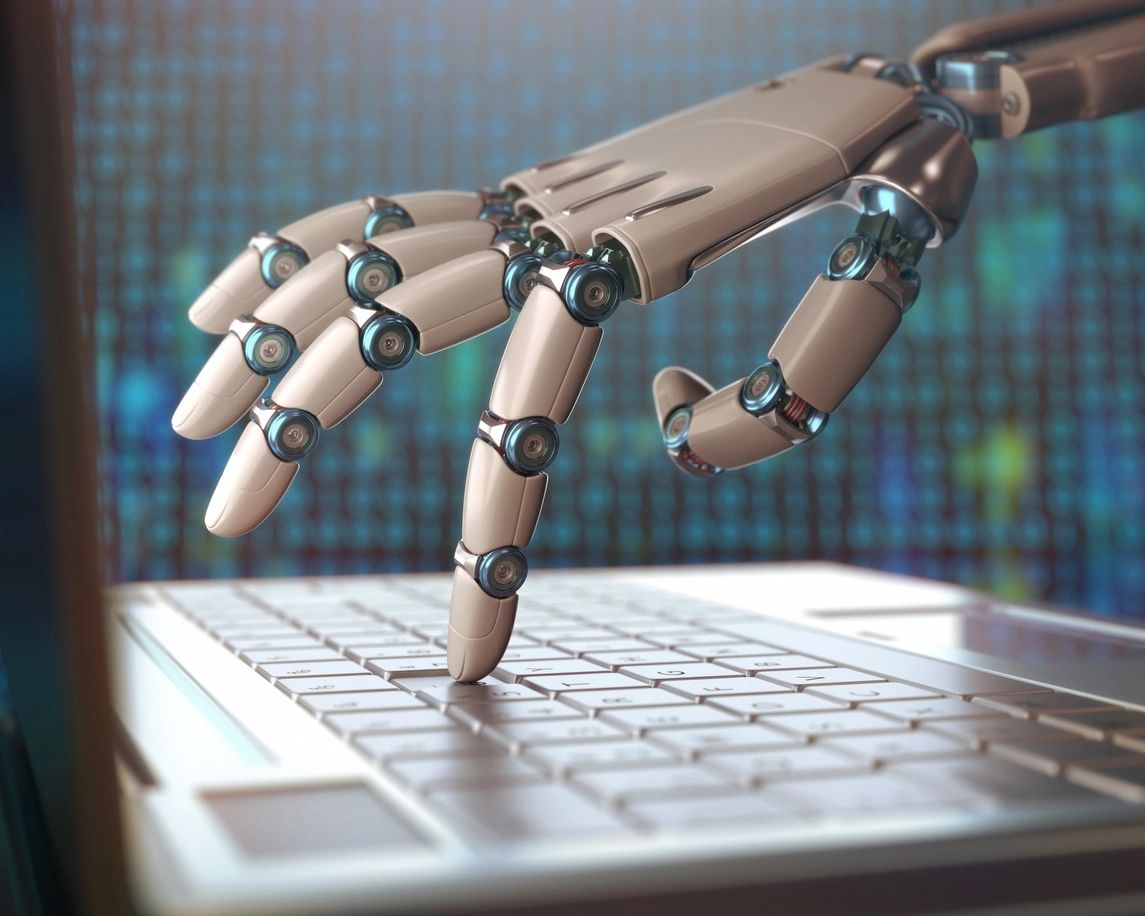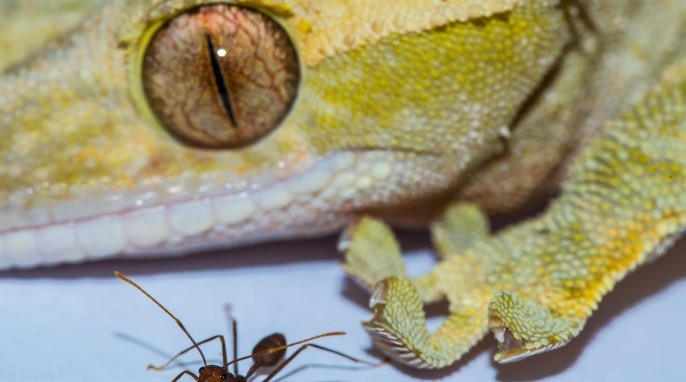Robotic prosthetics controlled by neuromuscular implants are now a clinical reality. These prosthetic limbs are giving amputees new opportunities in their personal and professional lives.
Mind Control of Prosthetic Limbs
In January 2013 a Swedish arm amputee was the first person in the world to receive a replacement arm that is surgically connected directly to his bone, nerves and muscles. He can control the robotic prosthetic with his brain.
“We have used osseointegration (anchoring the prosthetic to the bone) to create a long-term stable fusion between man and machine. The artificial arm is directly attached to the skeleton, thus providing mechanical stability. Then the human’s biological control system, that is nerves and muscles, is also interfaced to the machine’s control system via neuromuscular electrodes. This creates an intimate union between the body and the machine; between biology and mechatronics,” says Max Ortiz Catalan, research scientist at Chalmers University of Technology and leading author of the paper that will be published in the journal Science Translational Medicine.
Robotic prosthetics have been around for a while, now. Researchers around the world, have been working to improve them for years. Most are controlled by electrodes placed on the amputee’s skin. However, that control system makes them unreliable and limited. Now, the Swedish amputee has been given a control system that is directly connected to his own. He has a physically challenging job as a truck driver in northern Sweden, and since the surgery he has found that he can handle everything from clamping his trailer load and operating machinery, to unpacking eggs and tying his children’s skates, regardless of the environmental conditions.
This man is also one of the first in the world to take part in efforts to achieve long-term sensation via the prosthesis. In other words, he can feel through the prosthetic arm. Because the implant is a bidirectional interface, it can also be used to send signals back to his brain.
RELATED: ARTIFICIAL RETINA COULD SOMEDAY RESTORE VISION
Restoring Amputees’ Sense of Touch
In fact, a team of researchers at Case Western Reserve University have successfully used prosthetic hands to deliver touch sensations to amputees’ brains.
In a recent test of the new robotic prosthetics, Igor Spetic of Madison Ohio was able to “feel” a cotton ball being brushed across his bionic hand without looking. The system uses electrical stimulation to give the sense of feeling. Spetic can’t feel the ball in an organic sense, but patterns of electric signals are sent by a computer into nerves in his arm and to his brain, which tells him he can. “I knew immediately it was cotton,” he said. Spetic used to suffer from severe phantom limb pain, and the prototype prosthetic has had the added bonus of eliminating that pain.
The system is limited to the lab at this point, but the research team is making rapid progress toward usable replacement limbs that can restore physical sensations. “The sense of touch actually gets better [over time],” said Keith Vonderhuevel, of Sidney, Ohio, who lost his hand in 2005 and had the system implanted in January 2013. “They change things on the computer to change the sensation. “One time,” he said, “it felt like water running across the back of my hand.”
These are just a couple of different sensations amputees can feel with the robotic prosthetics being developed together by Case Western and the Louis Stokes Cleveland Veterans Affairs Medical Center.
“The sense of touch is one of the ways we interact with objects around us,” said Dustin Tyler, an associate professor of biomedical engineering at Case Western Reserve and director of the research. “Our goal is not just to restore function, but to build a reconnection to the world. This is long-lasting, chronic restoration of sensation over multiple points across the hand.”
“The work reactivates areas of the brain that produce the sense of touch, said Tyler, who is also associate director of the Advanced Platform Technology Center at the Cleveland VA. “When the hand is lost, the inputs that switched on these areas were lost.”
Tyler hopes to develop an improved version of the robotic prosthetics, particularly the bionic hand that Spetic and other patients can take home within five years. The work was published yesterday in the journal Science Translational Medicine.




